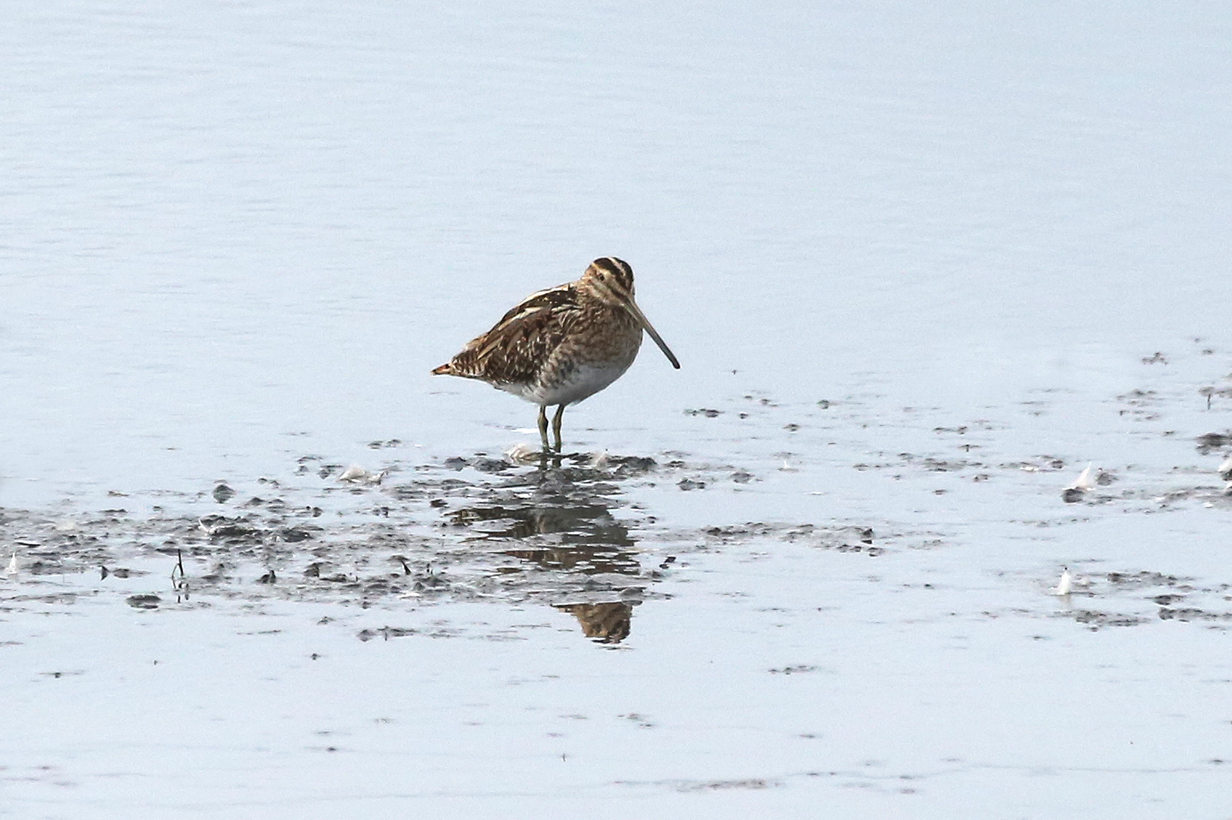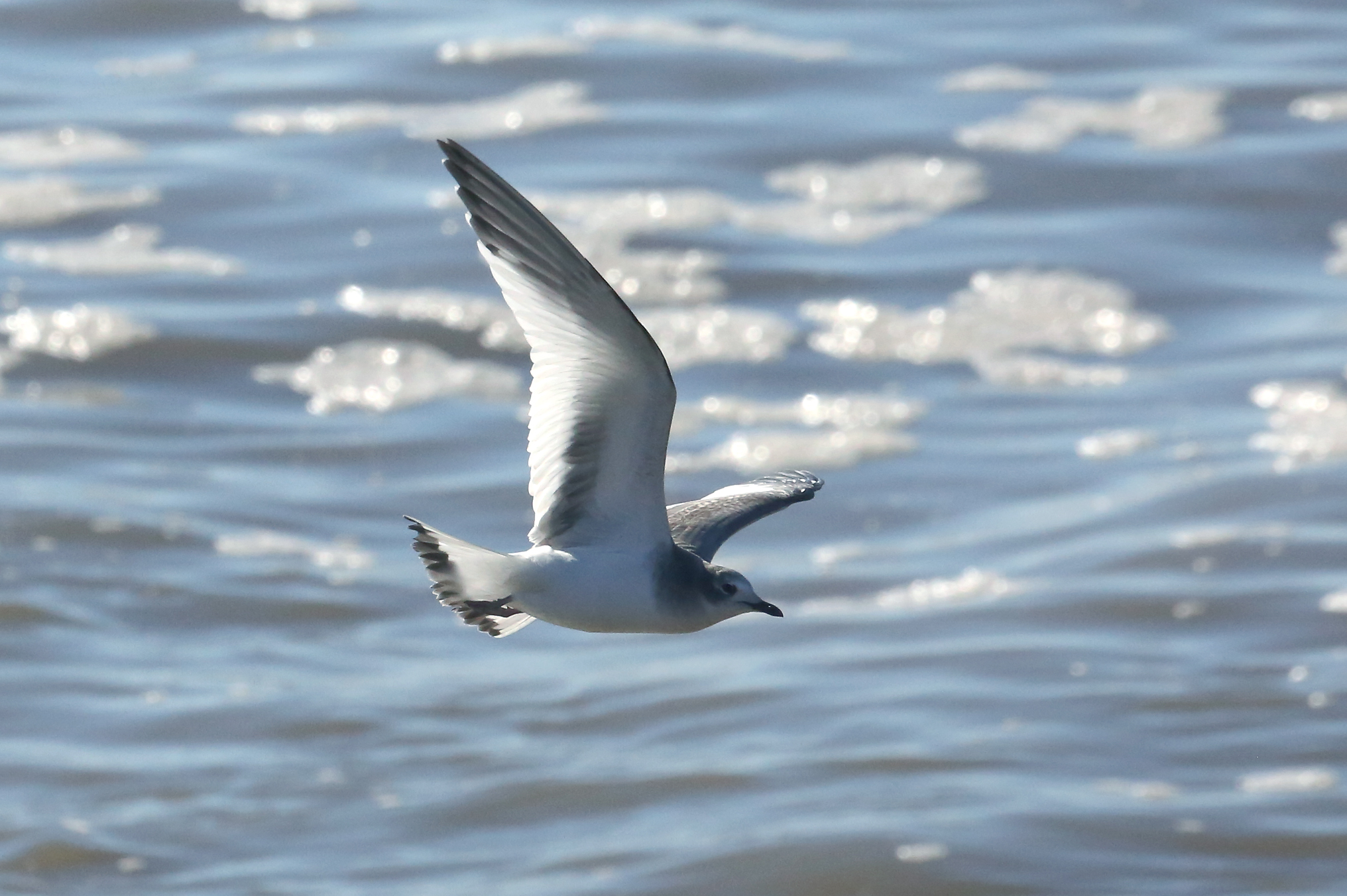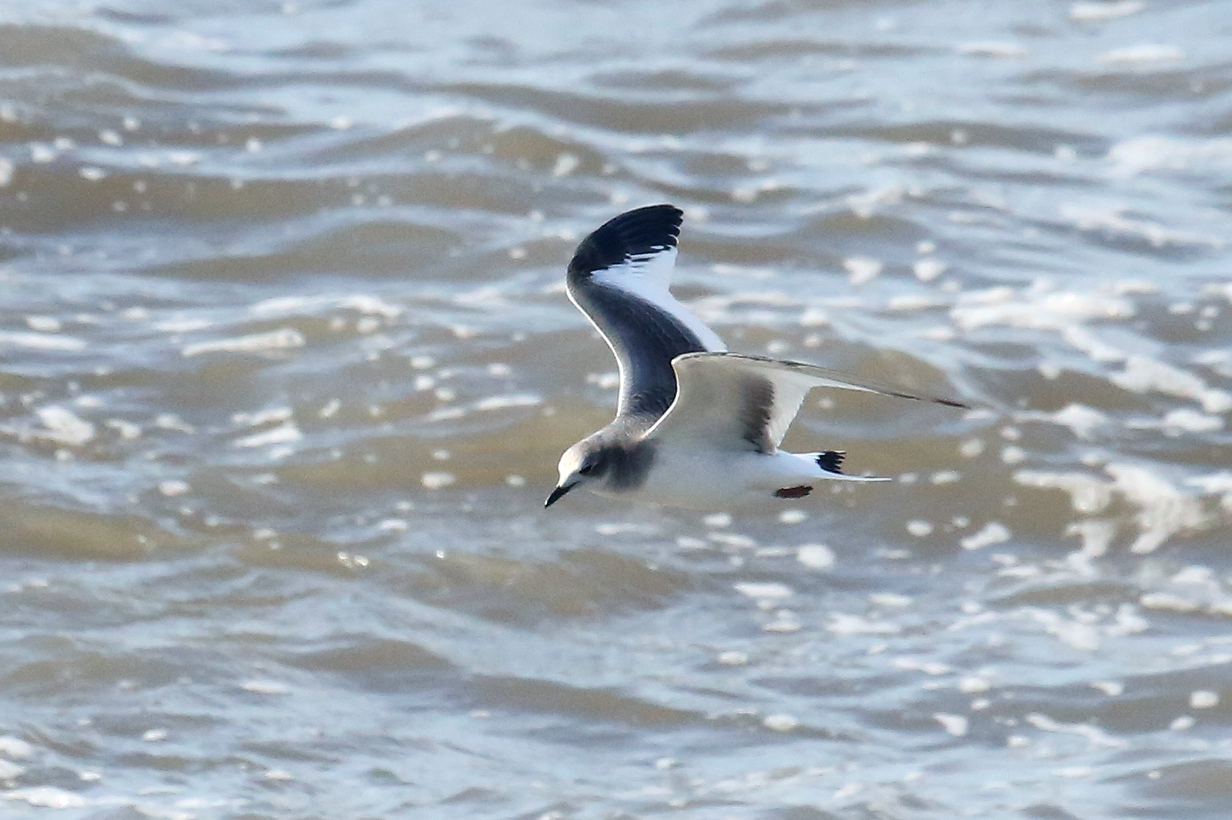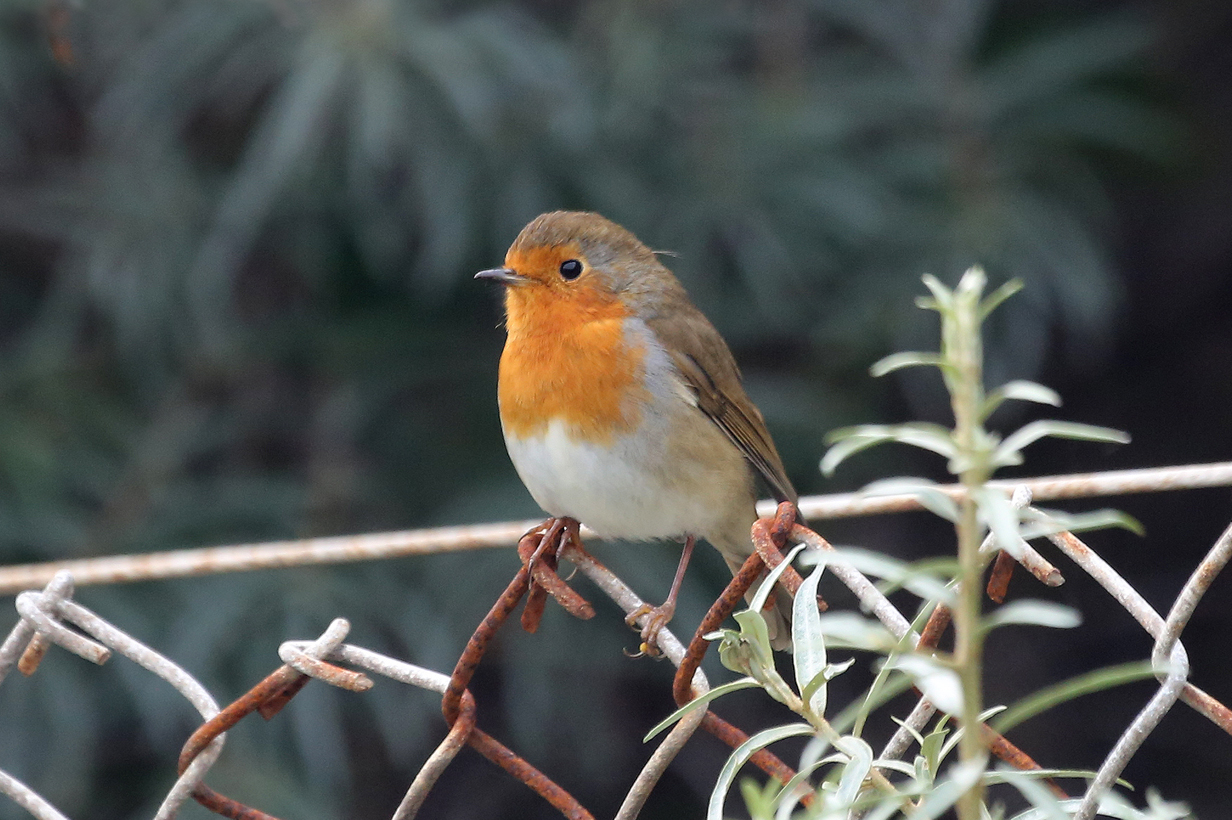Birds of the United Kingdom
These are some of the birds that we saw in 2.5 days of birding in Cumbria, near Beetham, UK. Many thanks to guide Mike Robinson ( http://www.nwbirds.co.uk ) for an effective weekend of targeted birding.
The pictures are copyrighted and should not be used without permission.

Little egret

Pink-footed goose (These are our life birds.)

Pink-footed geese were by far the most common geese in the area in early October, 2016. We had many flyovers, and their honking is perhaps the most characteristic sound of Fall.

Red grouse (Lagopus lagopus scoticus), the UK subspecies of Willow grouse. We had not seen Willow grouse before: this female is our life bird.

Red-legged partridge NOT glad to see us. We did not blame them: The shooting season started tomorrow.

Eurasian oystercatchers about to lose their last little island to the rising tide.

Common snipe

Sabine's gull - our life bird. We were very lucky to see this immature bird: Sabine's gulls are pelagic and are seen from the UK only a few times per year. This one was in Morecambe Bay, at the cooling water outlet of the Heysham Nuclear Power Station.

Sabine's gull: This picture best shows the plumage - the sharp, white "V" in the dark wings used for the ID.



More pictures of the same Sabine's gull

Lesser black-backed gull

European robin

Bearded reedling: These are our life birds. We were lucky to be birding Leighton Moss just at the time (October 1 and 2) when the birds switch from their summer diet of instects to their winter diet of seeds. As a result, they were busy swallowing grit.

Bearded reedling (female)


Bearded reedling (male)
Our bird pictures from around the world follow standard ecozones approximately but not exactly:
Birds from the USA and Canada: our house, Hornsby Bend and greater Austin, Texas, California, Hawaii, Canada,
Neotropic birds from Central America and the Caribbean: Honduras, Costa Rica, Panama, Trinidad and Tobago
Neotropic birds from South America: Ecuador, Ecuador 2017, Brazil.
Western palearctic birds: Europe: Germany, Finland, Norway, Europe: United Kingdom, Europe: Spain, the Canary Islands, Europe: Lesbos, Greece, Israel
Eastern palearctic birds: China
Birds from Africa: The Gambia, South Africa
Indo-Malayan birds from India: North-west (Delhi, Uttar Pradesh, Uttarakhand) India: North-east (Assam, Arunachal Pradesh, Meghalaya) India: Central (Maharashtra, Madhya Pradesh)
Birds from Australia, New Zealand.
For our 2014 December trip to India, see this travelog.
For our 2016 May-June trip to India, see this travelog.
For our 2017 April trip to High Island, Texas, see this web site.
For our 2018 March trip to India, see this travelog.
For our 2018 May trip to China, see this travelog.
For our 2018 November trip to China, see this travelog.
For our 2019 April trip to High Island, Texas, see this web site.
For our 2019 July trip to China, see this web site.
For our 2021 April trip to High Island, Texas, see this web site.
For our 2021 December trip to Ecuador, see this web site.
For our 2022 January trip to Peru, see this web site.
For our 2022 July-August trip to Australia and Papua New Guinea, see this web site.
For our 2022 September trip to Bolivia, see this web site.
For our 2022 November-December pre-trip to Argentina (before our Antarctic cruise), see this web site.
For our 2022 November-December cruise to Antarctica, see this web site.
For our 2023 January birding in Chile, see this web site.
For our 2023 January-March cruise from Chile to Antarctica and around South America to Miami, FL, see this web site.
For our 2023 March-April birding in south Florida (after the Seabourn cruise), see this web site.
University of Texas Astronomy Home Page
Last update: October 6, 2022. Total visits since October 7, 2016 =
John Kormendy (kormendy@astro.as.utexas.edu)